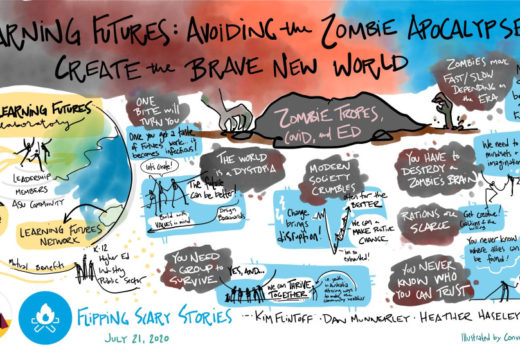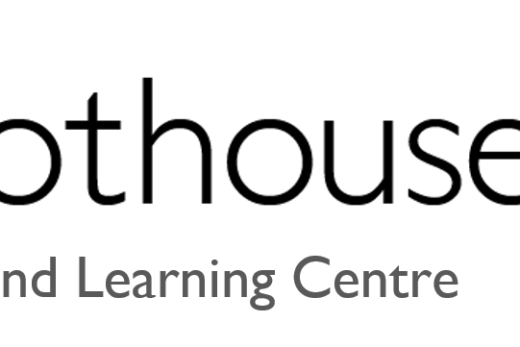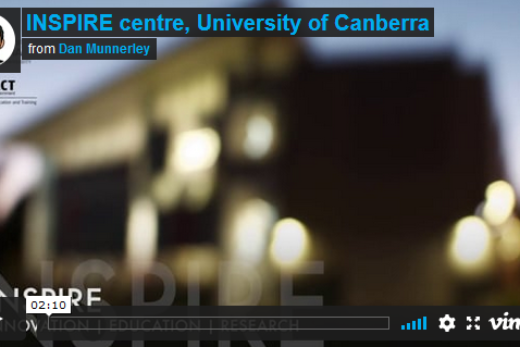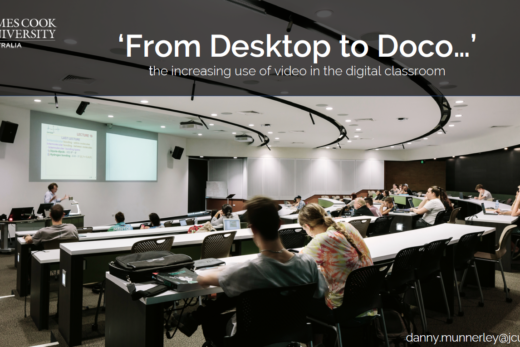In our rapidly evolving digital era, access to the internet has become essential for staying connected to opportunities in work, learning, and telehealth services. However, reliable high-speed broadband access varies across Arizona. To address this growing disparity, Arizona State University (ASU) is taking concrete steps to help Maricopa County communities get and stay connected.
This month, ASU’s Enterprise Technology, alongside a network of collaborators across the state, launched AZ-1 – a repository of resources on broadband expansion, digital equity, and inclusion efforts. AZ-1 (pronounced “as one”) symbolizes the coalition of Arizona change-making organizations invested in enacting and sharing about large-scale change.
“By providing the resources communities need to get and stay connected, we’re shaping a future where everyone has the access needed to thrive, regardless of zip code,” said Lev Gonick, chief information officer at ASU. “It takes strategic collaboration to make a meaningful and sustainable impact, and AZ-1 has tapped the expertise of innovative and values-driven organizations across the state.”
One seminal resource created by the network is Maricopa County’s Broadband Map, which highlights areas most in need of broadband access.

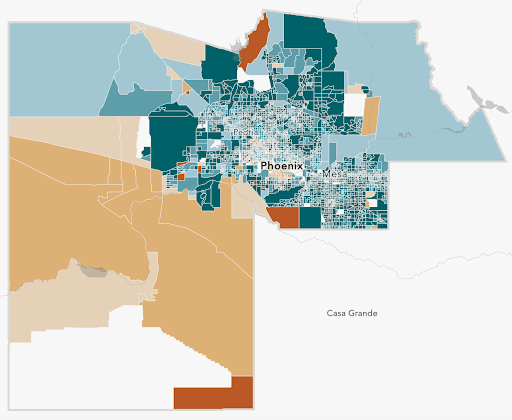

The Genesis of the Mapping Effort
In Fall 2022, the Maricopa County Board of Supervisors voted to provide ASU and its collaborators $34.6 million to advance broadband, community support, equipment, and training across Maricopa County through 2026 — one of the largest university-led digital equity initiatives in the nation. This collective work became known as the Maricopa County Broadband Initiative. As part of the grant, ASU launched the broadband mapping project seeking to visually represent broadband connectivity across Maricopa County to help inform city and community planning.
Multi-layered Maps for a Multi-faceted View
The maps are meticulously designed, layering multiple data sources to achieve a comprehensive view of broadband access in the county. Kelly Mukherjee, director of technical program management for Broadband and Digital Inclusion at ASU, and the mapping team set out to better understand broadband access. One example included a better understanding of the intersection between persistent poverty and low broadband subscription rates. This revealed critical insights about areas where economic challenges might compound with digital exclusion.
“Collaborators, including Sun Corridor Network and the Digital Equity Institute, are leveraging them to strategize the expansion of broadband infrastructure and cultivate partnerships with community pillars, including libraries, educational institutions, and food distribution centers,” shared Mukherjee.
Maricopa County Cities Get Involved
Over the past few weeks, the team has been collaborating with city leaders across Maricopa to promote the availability of the maps, generating interest and feedback. For example, the team recently met with the City of Surprise —- which has a population that’s grown five times that of what it was in the early 2000s. The City of Surprise is in the process of building a Multigenerational Community Resource Center, which aims to expand access to services like health, wellness, and workforce development for local residents. While the location of the Resource Center has been established for some time, these maps provided a new layer of understanding regarding broadband connectivity and internet access.
Eric Fitzer, City of Surprise director of strategic initiatives, noted that the maps reinforced what the City of Surprise already knew: “The Resource Center was being built where it is needed most, which is in the heart of underserved communities. And while these maps help to reinforce this, they can also provide new data and information to support initiatives that build out broadband and wireless connectivity to support future economic development opportunities.”
The Double Meaning of Connectivity
As the Maricopa County Broadband Initiative enters its second year, ASU and its network of collaborators will continue to apply the maps to identify and provide tailored support for communities in need. High-speed, reliable internet connectivity for all is just the next step—and a significant foundation for what’s to come.
A holistic approach that factors in the full range of technical support and upskilling needs is vital for cultivating a digitally fluent Arizona, where every individual has the capacity to navigate our digital world. Watch this space as the initiative continues to connect Arizonans to faster broadband and greater opportunity.
